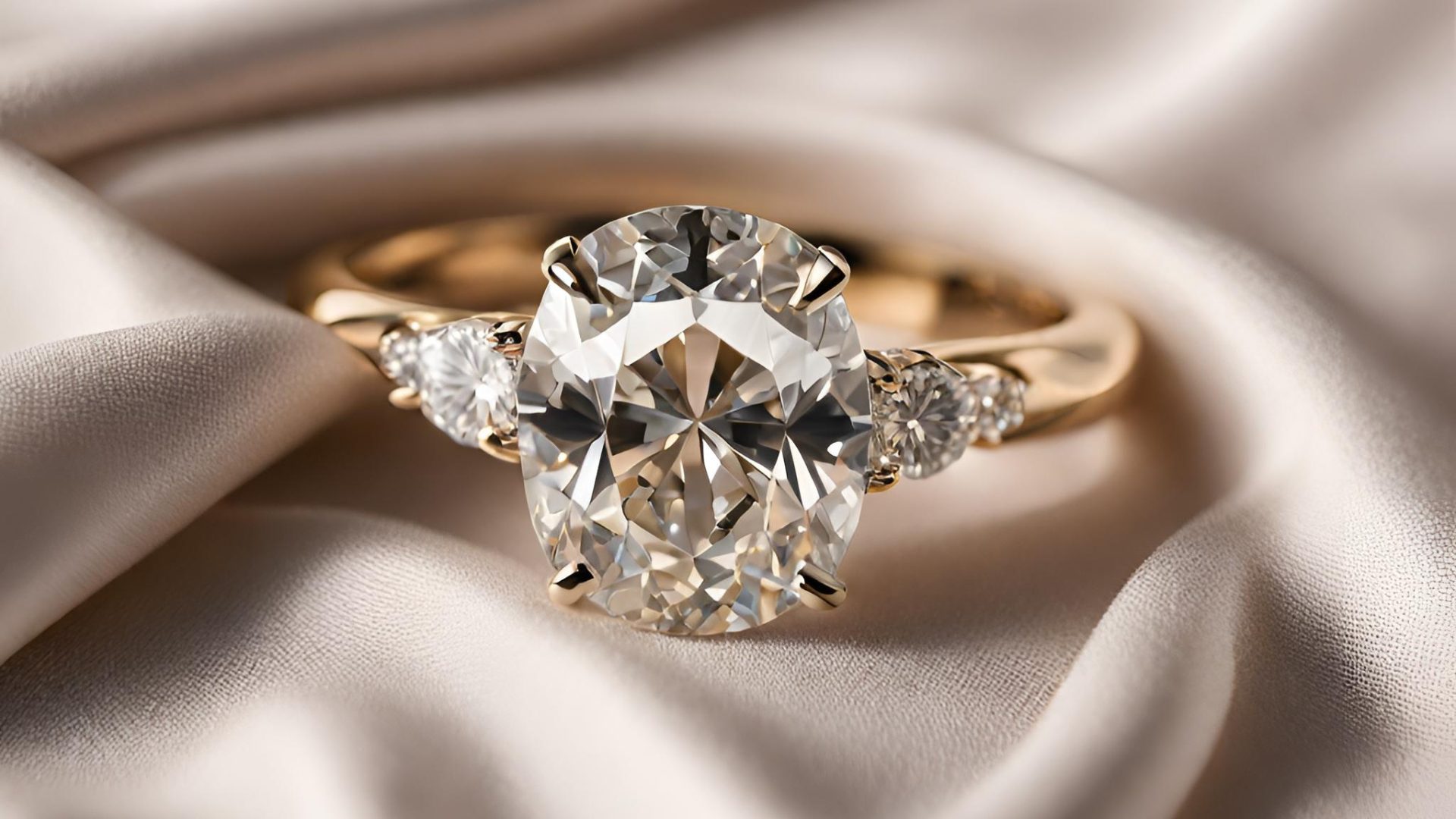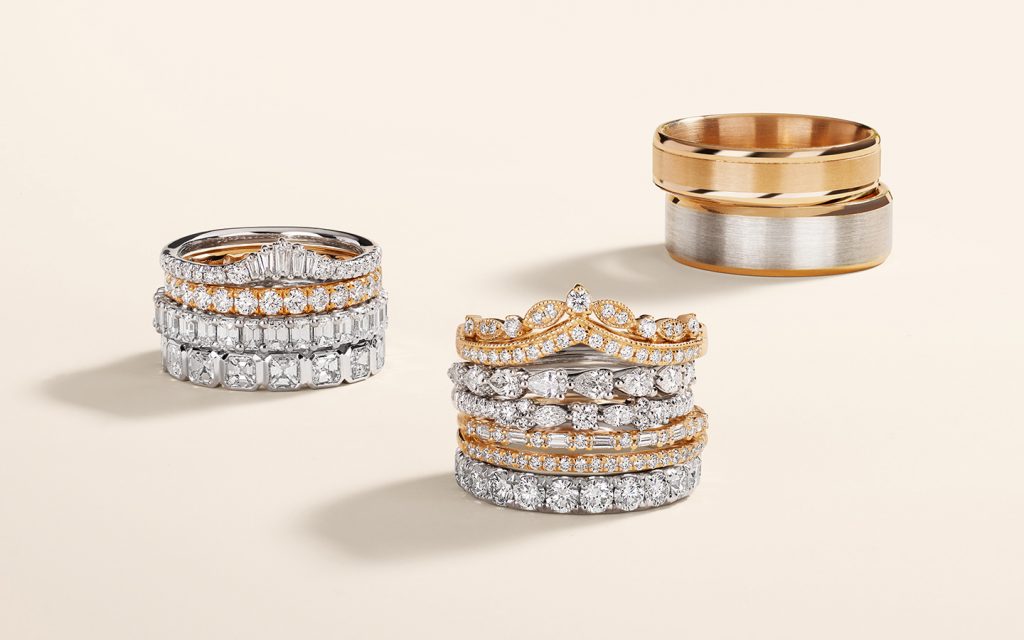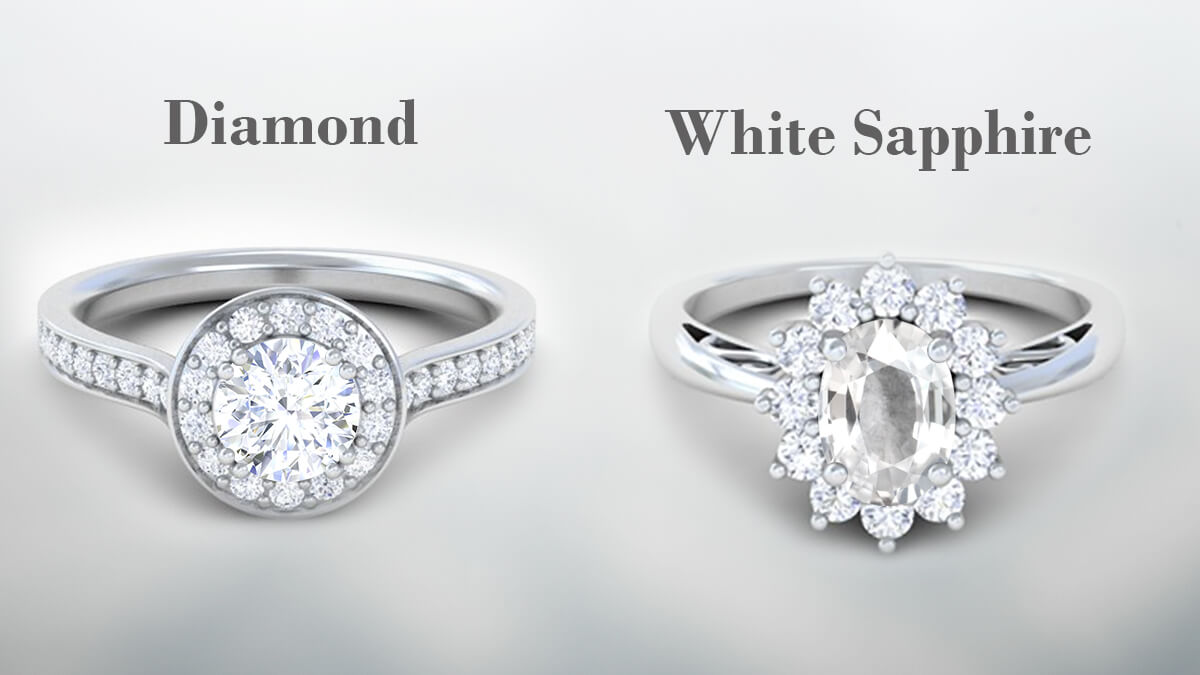In recent years, lab-made diamonds have gained significant popularity as a sustainable and cost-effective alternative to natural diamonds. As consumers become more conscientious about ethical sourcing and transparency, the role of organizations like the International Gemological Institute (IGI) and the Gemological Institute of America (GIA) in certifying these diamonds becomes increasingly important. This article provides an in-depth look at how IGI o GIA evaluate lab-made diamonds, guiding you in making informed decisions.
What Are Lab-Made Diamonds?
Lab-made diamonds, also known as synthetic or cultured diamonds, are created in a controlled environment using advanced technology that simulates the natural geological processes. These diamonds are chemically, physically, and optically identical to natural diamonds but are produced more quickly and at a lower cost.
There are two primary methods for creating lab-made diamonds: High Pressure High Temperature (HPHT) and Chemical Vapor Deposition (CVD). The HPHT method replicates the natural conditions of diamond formation by applying high pressure and temperature to carbon. The CVD technique involves using a carbon-rich gas to create a diamond film on a substrate, which then crystallizes into a diamond.
The Role of IGI in Certifying Lab-Made Diamonds
What is IGI?
The International Gemological Institute (IGI) is a leading gemological laboratory that provides grading and certification services for diamonds, gemstones, and jewelry. Established in 1975, IGI is known for its rigorous standards and advanced grading techniques, with a global presence in the industry.
IGI Certification for Lab-Made Diamonds
IGI evaluates lab-made diamonds using the same criteria as natural diamonds, ensuring consistency and reliability in their grading system. Their certification process includes a detailed assessment of clarity, color, cut, and carat weight. The clarity grading involves examining internal and external inclusions, while the color grading evaluates the diamond’s hue and intensity. The cut grading assesses the diamond’s proportions, symmetry, and finish, and the carat weight measures the diamond’s size.
IGI’s reports provide comprehensive details about these factors, allowing consumers to understand the quality of their lab-made diamonds. Additionally, IGI specifies the synthetic origin of the diamond in their reports, clearly distinguishing it from natural diamonds.
The Role of GIA in Certifying Lab-Made Diamonds
What is GIA?
The Gemological Institute of America (GIA) is a globally recognized authority in gemology and diamond grading. Founded in 1931, GIA is famous for developing the 4Cs grading system—Color, Clarity, Cut, and Carat Weight—that is widely used across the industry.
GIA Certification for Lab-Made Diamonds
GIA’s certification process for lab-made diamonds is thorough and mirrors the approach used for natural diamonds. Their grading report includes an analysis of the diamond’s color, clarity, cut, and carat weight, along with information about the diamond’s synthetic origin. GIA’s reports are respected for their accuracy and reliability, providing consumers and jewelers with confidence in their purchases.
GIA’s certification also specifies the type of synthetic diamond and the growth process used, offering additional transparency. This detailed information helps consumers make informed choices about the quality and value of their lab-made diamonds.
Key Differences Between IGI and GIA Certification
While both IGI and GIA offer comprehensive grading and certification for lab-made diamonds, there are some differences worth noting. IGI’s reports focus on the diamond’s synthetic nature and provide a detailed breakdown of the 4Cs. GIA’s reports, on the other hand, not only assess the 4Cs but also emphasize the type of synthetic diamond and its specific growth process.
Why Certification Matters
Certification from reputable organizations like IGI and GIA offers several key benefits. It provides transparency, allowing consumers to verify the quality and origin of their diamonds. Certification also ensures trustworthiness, as diamonds evaluated by these institutes are graded using rigorous standards. Additionally, certified diamonds can retain their value better due to their documented quality and authenticity.
Conclusion
In the world of lab made diamonds, certification by leading gemological institutes like IGI and GIA is crucial for ensuring quality and transparency. Whether you choose an IGI or GIA certified lab-made diamond, you can trust in the accuracy and reliability of the grading. Understanding the roles of these organizations will help you make informed decisions, balancing beauty, ethics, and value in your diamond purchases.







